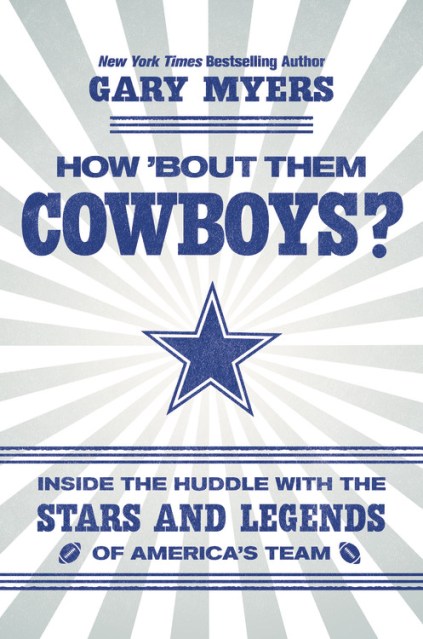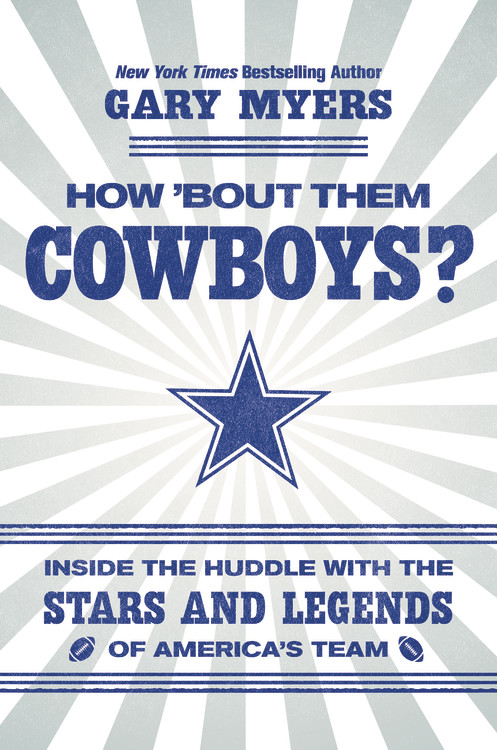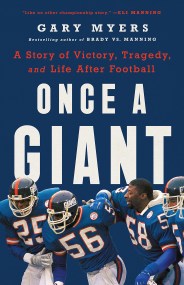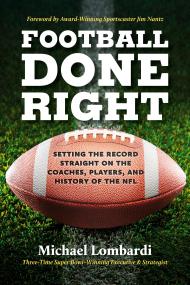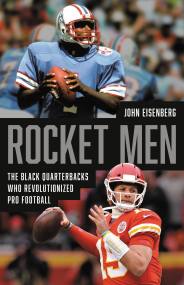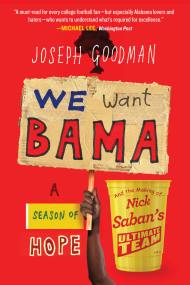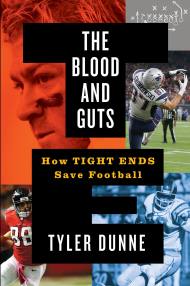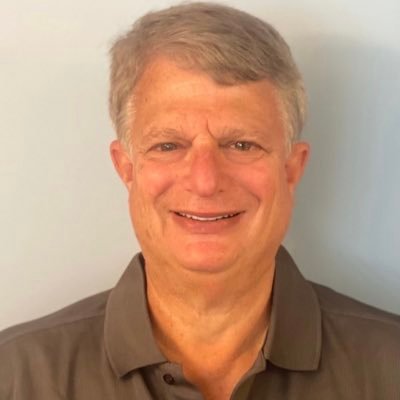Promotion
Use code MOM24 for 20% off site wide + free shipping over $45
How 'Bout Them Cowboys?
Inside the Huddle with the Stars and Legends of America's Team
Contributors
By Gary Myers
Formats and Prices
Price
$28.00Price
$36.50 CADFormat
Format:
- Hardcover $28.00 $36.50 CAD
- ebook $14.99 $19.99 CAD
- Audiobook Download (Unabridged)
This item is a preorder. Your payment method will be charged immediately, and the product is expected to ship on or around October 9, 2018. This date is subject to change due to shipping delays beyond our control.
Also available from:
Welcome to Jerryworld and an all-access pass to the most valuable sports franchise on the planet, the Dallas Cowboys.
Many books have been written about the Cowboys, but there’s never been an account like this one. How ‘Bout Them Cowboys tells the story of the NFL’s most successful franchise, with special access to its outspoken owner, Jerry Jones, his sons Stephen and Jerry Jr., daughter Charlotte, and dozens of interviews of current and former players and coaches, and characters from across Cowboy Nation. While tracking the successes and controversies of some of the biggest names in the NFL on and off the field, How ‘Bout Them Cowboys? remembers the legends of previous generations, and explains why the star on the helmet has become iconic, and how a little expansion team from North Texas has evolved into a global $5 billion brand.
Primed for their make-or-break 2018 season, How ‘Bout Them Cowboys? delivers a fun and surprising account of America’s Team, its greatest celebrities, its mercurial management, the vicious rivalries, and the enduring saga that makes this the most popular and polarizing team in sports.
Many books have been written about the Cowboys, but there’s never been an account like this one. How ‘Bout Them Cowboys tells the story of the NFL’s most successful franchise, with special access to its outspoken owner, Jerry Jones, his sons Stephen and Jerry Jr., daughter Charlotte, and dozens of interviews of current and former players and coaches, and characters from across Cowboy Nation. While tracking the successes and controversies of some of the biggest names in the NFL on and off the field, How ‘Bout Them Cowboys? remembers the legends of previous generations, and explains why the star on the helmet has become iconic, and how a little expansion team from North Texas has evolved into a global $5 billion brand.
Primed for their make-or-break 2018 season, How ‘Bout Them Cowboys? delivers a fun and surprising account of America’s Team, its greatest celebrities, its mercurial management, the vicious rivalries, and the enduring saga that makes this the most popular and polarizing team in sports.
Genre:
- On Sale
- Oct 9, 2018
- Page Count
- 288 pages
- Publisher
- Grand Central Publishing
- ISBN-13
- 9781538762349
Newsletter Signup
By clicking ‘Sign Up,’ I acknowledge that I have read and agree to Hachette Book Group’s Privacy Policy and Terms of Use
